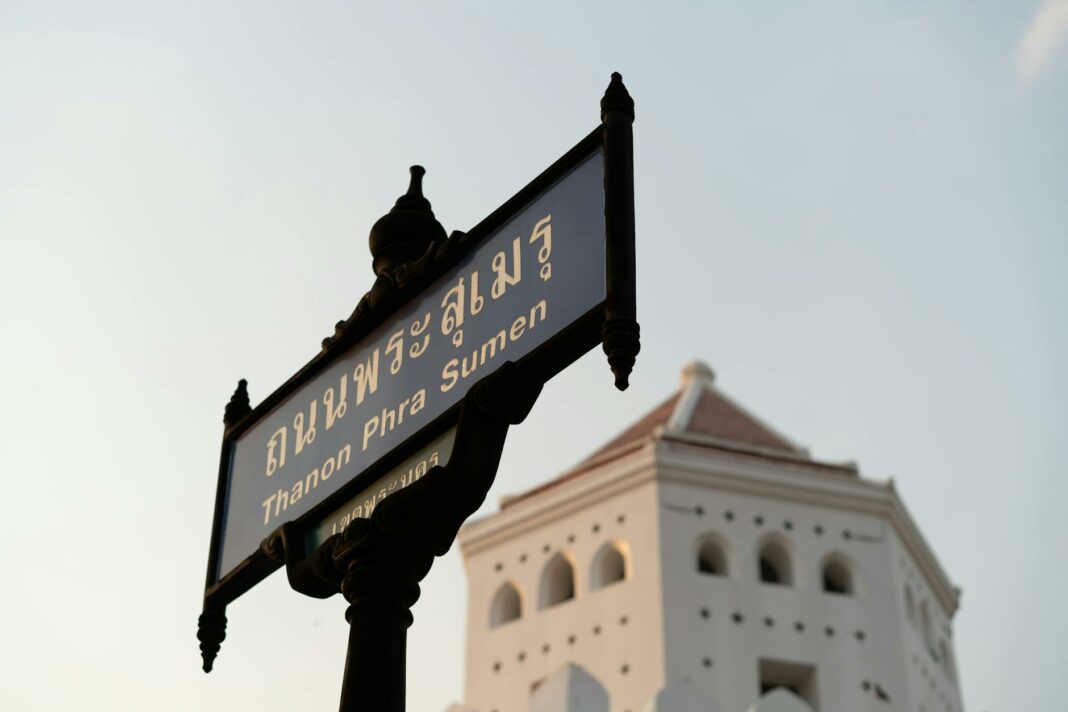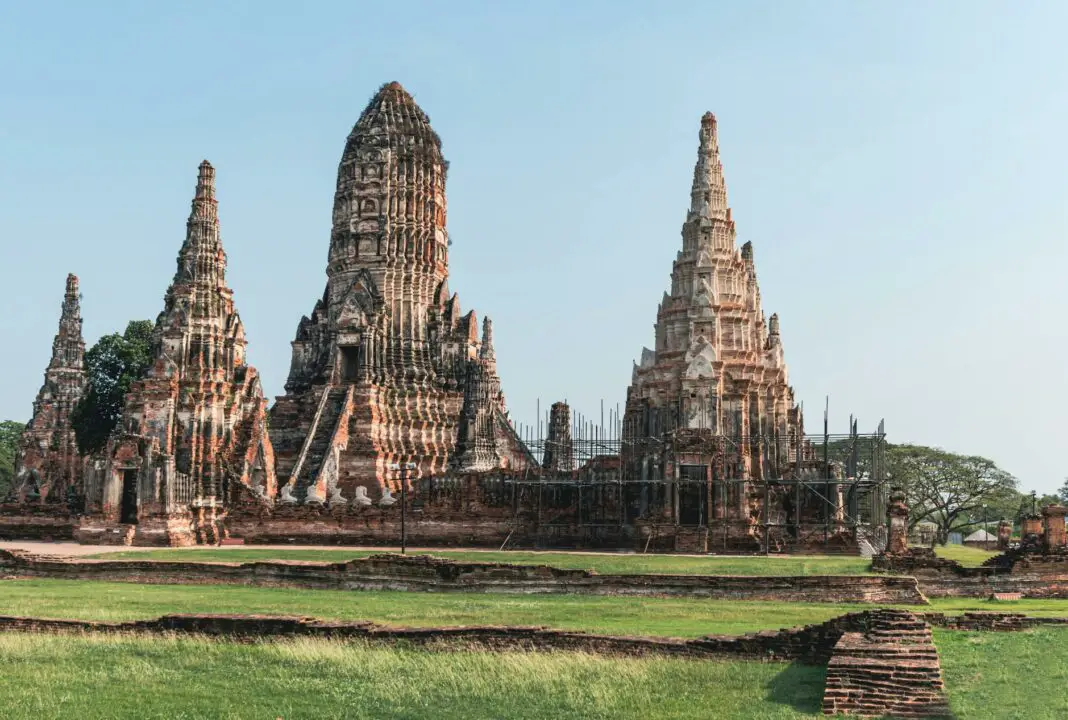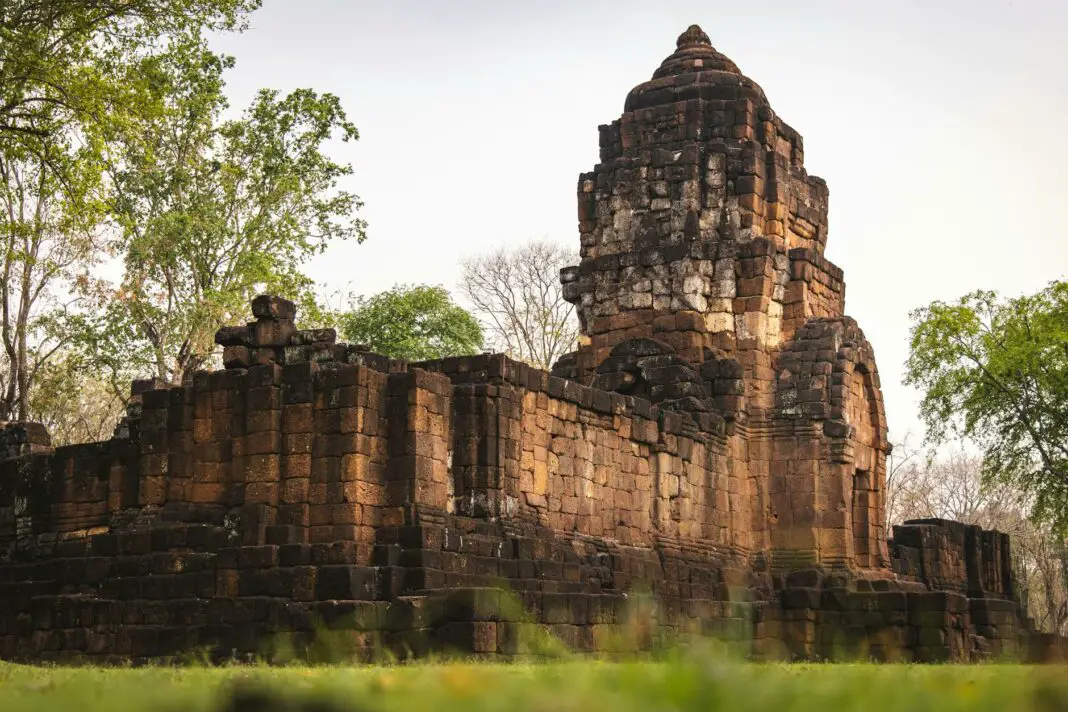Thailand is more than just stunning beaches and vibrant nightlife; it is a land steeped in a rich tapestry of history waiting to be uncovered. As one of Southeast Asia’s most culturally rich destinations, a trip to Thailand promises not just picturesque scenery but also an engaging exploration of a hidden history that has shaped its present. From ancient ruins to local legends, every corner of this beautiful country offers a glimpse into its glorious past. This blog delves into the lesser-known aspects of Thailand’s history, enticing travelers to step beyond the usual tourist spots and embark on a journey of discovery that is both educational and enriching.
This blog post will provide valuable insights into the various aspects of Thailand’s hidden history, including ancient civilizations, forgotten temples, and unique cultural practices. With actionable tips and real-life examples, this guide ensures that anyone visiting Thailand can engage deeply with its past while enjoying the beauty of its landscapes. Whether you are a history buff or simply looking for an enriching experience during your travels, this exploration will add a valuable layer to your understanding of this remarkable nation.
Table of Contents
- Ancient Civilizations in Thailand
- Discovering Forgotten Temples
- Unique Cultural Practices Reflecting History
- Engaging with Thailand’s History as a Traveler
- Embracing Your Journey Through History
- Frequently Asked Questions
Ancient Civilizations in Thailand
The history of Thailand is marked by the rise and fall of ancient civilizations that have left profound impacts on the cultural landscape of the country. The Dvaravati civilization, flourishing between the 6th and 11th centuries, was heavily influenced by Indian culture, evident in its art, architecture, and religion. Meanwhile, the Khmer Empire’s dominance during the 9th to 15th centuries brought significant changes that shaped the region’s cultural identity. Visitors can explore historical sites, such as Nakhon Pathom, which houses the world’s tallest stupa, indicating the deep-rooted religious significance and the architectural prowess of ancient civilizations.
Additionally, the Sukhothai Kingdom, regarded as the first independent Thai state, left behind an impressive legacy of art and governance. Forts, canals, and the beautiful Sukhothai Historical Park showcase the innovative spirit of its people. Travelling through these sites allows for a poignant exploration of the foundations upon which modern Thailand stands. It’s a breathtaking journey through time that reveals how these ancient cultures continue to influence contemporary Thai life in profound and often unseen ways.
Discovering Forgotten Temples
Thailand is home to countless temples, but many remain overshadowed by more popular counterparts. Exploring these lesser-known temples unfolds stories that are often overlooked. For instance, the ancient city of Ayutthaya, a UNESCO World Heritage site, boasts numerous temples that date back to its golden age in the 14th century. Temples like Wat Mahathat, where the iconic Buddha head entwined within tree roots can be found, provide a mesmerizing backdrop to elaborate stories of devotion and artistic ingenuity.
Moreover, venturing into the northern regions around Chiang Mai reveals hidden gems such as Wat Umong, built in the 14th century. Nestled among the lush forest, its tunnels and serene environment offer a peaceful retreat for reflection and contemplation. By prioritizing these undiscovered sites, adventurers will not only gain knowledge of Thai history but will also enjoy the tranquility that comes with being away from the crowds. Each temple is a testament to a storied history that beckons with tales waiting to be told.
Unique Cultural Practices Reflecting History
Cultural practices remain a vital aspect of any nation’s history. In Thailand, everything from festivals to local customs is intricately woven into the fabric of its identity. For example, Songkran, the traditional Thai New Year festival, is a beautiful blend of spiritual cleansing and celebration that has been celebrated for centuries. The splashing of water symbolizes renewal, while also showcasing the vibrant community spirit found throughout the nation.
Moreover, the cultural tradition of Thai boxing, or Muay Thai, reflects both historical combat training and a deep-rooted cultural pride. Traveling to local venues to watch these fighters can provide an insider’s perspective on this martial art’s evolution and its significance in Thai society. Engaging with these cultural practices allows travelers to appreciate Thailand’s rich heritage in a way that is lively and immersive, fostering deeper connections with both the land and its people.
Engaging with Thailand’s History as a Traveler
To fully engage with Thailand’s hidden history, consider planning your journey around lesser-known historical sites and cultural experiences. Participating in local guided tours that emphasize history can provide context and insights that enhance your understanding of the past. Engaging with local artisans, attending workshops on traditional crafts, or participating in local rituals allows for meaningful interactions that breathe life into the stories of the past.
Furthermore, don’t forget to explore regional markets and interact with the local community. Each interaction illuminates the vibrant history unique to that locality. By choosing activities that prioritize historical engagement, you will create memories filled with substance, transforming your trip into an enlightening experience rather than just a vacation checklist.
Immersing Yourself in Thailand’s Historical Wonderland
Embracing the hidden history of Thailand allows every traveler to create a profound connection with this enchanting nation. By seeking out ancient civilizations, discovering forgotten temples, and engaging with rich cultural practices, you enrich not just your journey but also your understanding of the world. Thailand’s hidden stories are not merely remnants of the past; they are vibrant pieces of a living history that breathe life into every corner of the country. So, as you plan your next adventure, consider stepping off the beaten path and into the depths of Thailand’s historical wonderland.
Frequently Asked Questions
Is it safe to explore less-popular historical sites in Thailand?
Absolutely! Many lesser-known historical sites are safe and welcoming to visitors. Just be sure to adhere to local customs and regulations while exploring.
How can I participate in local cultural practices during my visit to Thailand?
You can join community workshops, attend local festivals, or engage with local artisans to immerse yourself in cultural practices that reflect Thailand’s rich history.
What is the best time to visit Thailand for exploring its historical sites?
The best time to visit is during the cool and dry season, typically from November to February, when the weather is more pleasant for exploration.
Are there guided tours focusing on Thailand’s history?
Yes, many guides specialize in historical tours that focus on ancient ruins, temples, and cultural practices, offering deeper insights into the country’s past.
Can I see historical performances showcasing Thai culture?
Certainly! Many cultural performances can be found throughout the country that feature traditional music, dance, and martial arts, providing a captivating way to experience Thai history.
Image Credit: Pexels





